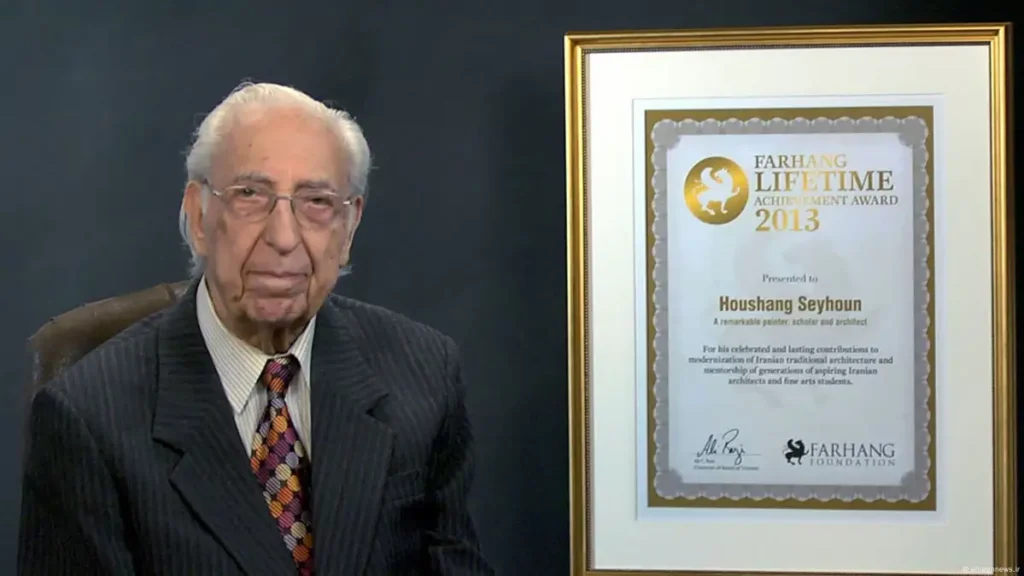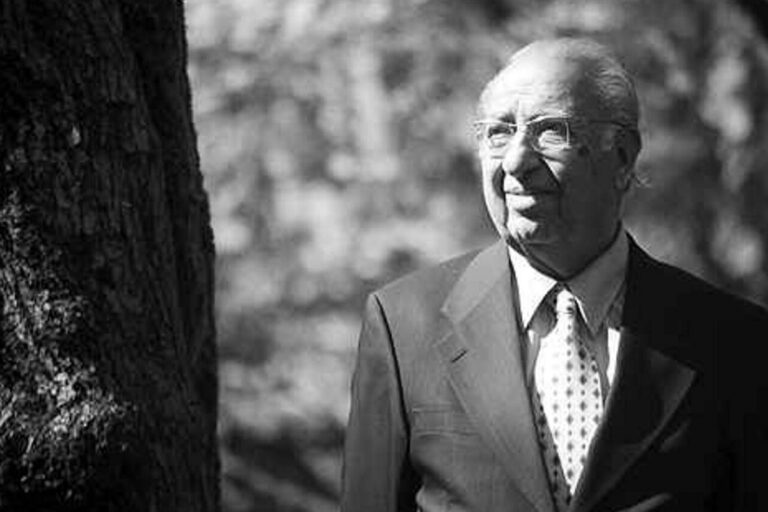
Houshang Seyhoun (1920–2014) was one of Iran’s most influential architects, designers, and architectural thinkers. By combining traditional Iranian elements with modern techniques, he created a unique architectural style that significantly shaped Iran’s contemporary architectural identity. He is best known for designing the mausoleums of iconic figures like Avicenna, Omar Khayyam, and Nader Shah.
Biography and Education
Seyhoun was born in Tehran and later pursued his studies at the prestigious École des Beaux-Arts in Paris, where he studied under the renowned architect André Godard. Upon returning to Iran, he became a pivotal figure in Iran’s architectural modernization movement.
Architectural Style
Seyhoun aimed to bridge modern architecture with Iranian cultural heritage. His architectural philosophy is marked by:
Integrating modern design with traditional Iranian symbolism
Using simple yet deeply meaningful geometric forms
Emphasizing climate-sensitive and site-specific design
Employing local materials alongside modern technologies
Notable Works
Avicenna Mausoleum (Hamedan) – Inspired by the cylindrical form of the Gonbad-e Qabus
Nader Shah Mausoleum (Mashhad) – A bold monument reflecting national pride and power
Omar Khayyam Mausoleum (Neyshabur) – A poetic fusion of mathematics, geometry, and Persian literature
Bank Sepah Headquarters and many other public and private architectural projects across Iran
Educational and Cultural Role
Seyhoun served as the head of the Faculty of Fine Arts at the University of Tehran and played a key role in shaping a new generation of Iranian architects. As a researcher and writer, he also published numerous studies on traditional and modern Iranian architecture.
Conclusion
By beautifully merging tradition with modernity, Houshang Seyhoun forged a new identity for Iranian architecture. More than an architect, he was a cultural visionary whose legacy continues to inspire architects and designers around the world.


No comments yet.